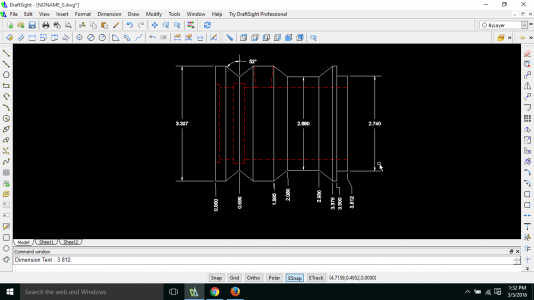Toz, I can't tell you that parting from the rear is better for you; just better for me and apparently many others. As to why it works, there are many theories as mentioned but nobody has proven anything to date as far as I know. My opinion on the advantages are:
- The cutting forces lift the tip out of the cut if the cut falters; dig ins are rare, as is chatter.
- It improves the apparent rigidity of the lathe when parting, however it does it.
- Cutting fluids get to the tip more readily instead being lost with the chips, thereby reducing friction and cutting temperatures.
- Most rear mounted tools are bolted to the cross slide itself instead of being perched on top of a tool post. This greatly improves rigidity whether parting from the front or rear.
- It works good! It allow me to part at very high speeds, which makes parting smooth and easy because I don't worry about chatter or dig ins. Because of the design of my tool I can go from pulling the tool out of the drawer to cutting in under 10 seconds - I do this all the time. I haven't chattered or dug in in over a decade. Is it any wonder that I think this is a viable option?
I usually try to stay away from discussions on parting other than to offer things that may help. The reason is that the discussion about rear mounted tools always evolves into a "how does it work?" kind of thing or "what proof do you have?" I know how I think it works and have proven it to my personal satisfaction. I don't expect anyone else to buy it; I can only hope folks can keep an open mind about it.







